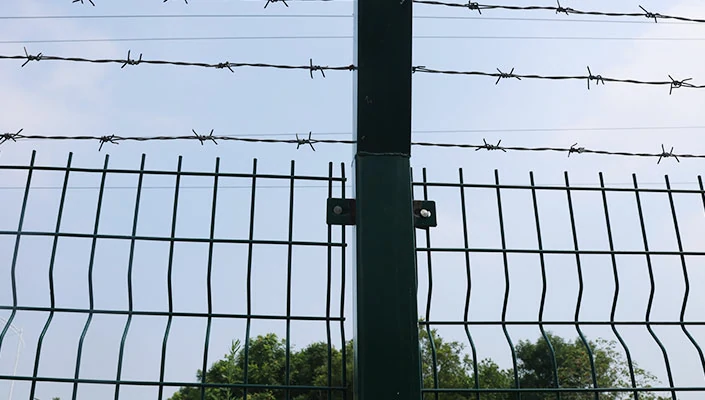Choosing the Right Nails for Building Durable and Long-lasting Wood Fencing Solutions
Essential Nails for Wood Fencing Choosing the Right Fasteners
When it comes to constructing a sturdy wood fence, one of the most vital considerations is the type of nails you choose to use. The proper nails can ensure that your fence remains secure and durable against the elements, while the wrong choice can lead to structural failure and costly repairs. This article will cover the key aspects of selecting nails for wood fencing, including materials, types, and application tips.
Types of Nails for Wood Fencing
There are several types of nails commonly used in wood fencing
. The most popular include1. Common Nails These are thick, sturdy nails often used for framing and structural work. Common nails have a large, flat head that provides excellent holding power. However, they may not be the best choice for outdoor applications, as they can be prone to rusting.
2. Ring Shank Nails These nails have ridges along their shank, which grip the wood better than smooth nails. This feature makes them less likely to pull out over time, especially in areas with movement or expansion due to temperature changes. Ring shank nails are highly recommended for wood fencing due to their enhanced holding power.
3. Galvanized Nails If your fence will be exposed to moisture or harsh weather conditions, galvanized nails are essential. These nails have a protective zinc coating that prevents rust and corrosion, ensuring your fence remains intact for years. Galvanized nails are particularly suitable for outdoor projects.
4. Stainless Steel Nails For the utmost in corrosion resistance, stainless steel nails are the gold standard. Though they are more expensive, their longevity and strength can justify the cost, especially in coastal areas where salt exposure can lead to rapid rusting of other nail types.
Length and Size of Nails
nails for wood fencing

The length and size of the nails you choose are also critical factors. Generally, a nail length of 2.5 to 3.5 inches is recommended for securing fence boards to the posts. The diameter of the nails should be sufficient to provide strength without splitting the wood. A nail gauge of 8 or 9 is typically suitable for standard wood fencing projects.
Installation Tips
1. Pre-drill Holes For harder woods, pre-drilling holes may be beneficial to minimize the risk of splitting. This is especially important when using thicker nails or when working with brittle wood types.
2. Use a Hammer or Nail Gun While a hammer can suffice for smaller jobs, using a nail gun can significantly speed up the installation process. Nail guns are designed to deliver nails quickly and with precision, ensuring consistent depth and alignment.
3. Proper Spacing When fastening fence boards to rails, be sure to leave adequate spacing between each nail to avoid overcrowding, which can compromise the wood's structural integrity. A spacing of 12 to 16 inches between nails is generally adequate.
4. Consider Environmental Factors If your fence is in an area that experiences moisture, pests, or extreme temperatures, opt for materials that cater to these conditions. This foresight will pay off in the long run by reducing maintenance needs and extending the life of your fence.
Conclusion
Selecting the right nails for wood fencing is an integral part of ensuring its durability and stability. By considering the type of nails, their size, and the environment in which your fence will stand, you can make an informed decision that enhances the overall quality of your fencing project. Whether you opt for ring shank, galvanized, or stainless steel nails, taking the time to choose the right fasteners will lead to a fence that stands the test of time and weather.
-
Why Choose a Wire Mesh Fence for Your PropertyNewsApr.09,2025
-
The Versatility and Strength of Wire MeshNewsApr.09,2025
-
The Strength and Durability of Galvanized WireNewsApr.09,2025
-
The Essential Guide to Iron NailsNewsApr.09,2025
-
The Benefits of Welded Wire Mesh PanelNewsApr.09,2025
-
Reliable Roofing Solutions with Roofing NailsNewsApr.09,2025




